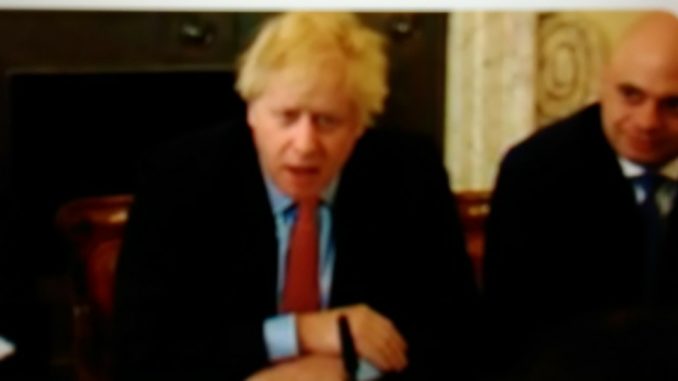
(Bloomberg) — Want to receive this post in your inbox every day? Sign up for the Terms of Trade newsletter, and follow Bloomberg Economics on Twitter for more.
Fresh off a pair of wins with China and USMCA, President Donald Trump’s top trade official is shifting his focus toward to the biggest target of them all: the European Union.
“We have a very unbalanced relationship with Europe,” U.S. Trade Representative Robert Lighthizer said Tuesday in another victory-lap interview, this one on Fox Business Network. “There are a lot of barriers to trade there and there are a lot of other problems that we have to address.”
The warning shot comes at a precarious moment in transatlantic trade relations. The Europeans still harbor resentment with Trump’s decision to impose national-security tariffs on steel and aluminum, and his threat to slap tariffs on European cars and parts using the same justification.
Adding injury to insult, the Trump administration has also triggered tariffs on scores of iconic European goods like French wines, Italian cheeses and Scotch whisky, in response to the World Trade Organization’s latest Airbus ruling.
Though Lighthizer says his objective is to “get some kind of a negotiated solution” to America’s trade problems with Europe, it sounds like the bond may fray before it gets fortified.
Lighthizer told Fox Business that he’s looking at increasing tariffs on European goods in order to pressure Brussels to end its subsidies to Airbus. And the Trump administration is separately mulling tariffs on $2.4 billion worth of Champagne, leather handbags and a host of other luxury goods in response to France’s 3% tax on foreign digital behemoths like Alphabet, Amazon.com, Apple and Facebook.
“We have put tariffs in place on a variety of products, and we’re going to continue to focus on that,” Lighthizer told Fox Business.
But the Europeans aren’t about to take it lying down.
Europe’s new Trade Commissioner Phil Hogan has pledged to take a more confrontational approach in order to “get Mr. Trump to see the error of his ways.” Hogan recently proposed to upgrade the European Commission’s trade arsenal to help strike back against the U.S. for its decision to sideline the WTO appellate body.
European trade officials are separately awaiting a 2020 WTO ruling that they hope will provide the go-ahead to impose tariffs on billions of dollars worth of U.S. exports in retaliation for America’s illegal subsidies to Boeing.
These issues will all be on the table when Lighthizer and Hogan sit down for their first meeting — which is expected to take place in January. The outcome will depend on whether the two are able to work together to find solutions to their disagreements rather than engaging in a tit-for-tat tariff confrontation.
If they’re able to resolve their trade spat, it could pave the way toward developing new multilateral trade rules to govern digital trade, industrial subsidies and forced technology transfers. Failing to do so could jeopardize the stability of a trade relationship that amounts to nearly $1.3 trillion a year — and add a massive wave of uncertainty to the global economic outlook.
No pressure.
Charting the Trade War
Singapore container throughput rose in November to its highest level since data began in 1995, a signal that Asian growth may be ready to rebound in 2020. Singapore is a key trading hub in the region, so the record traffic indicates rising trade flows, suggesting the current risk rally isn’t built on mere optimism.
*story by Bloomberg